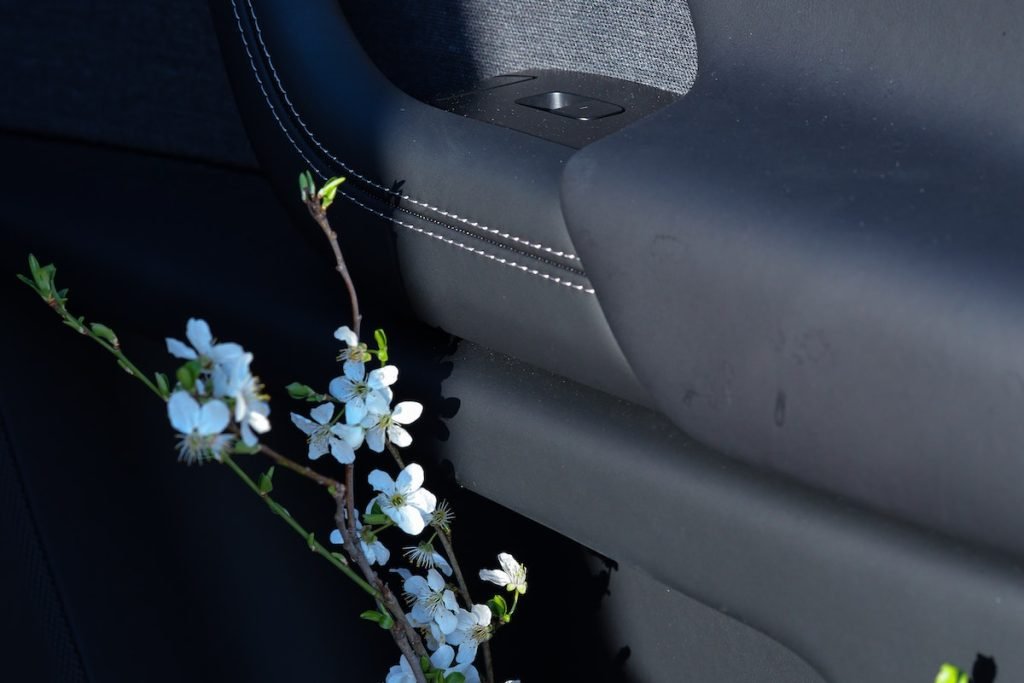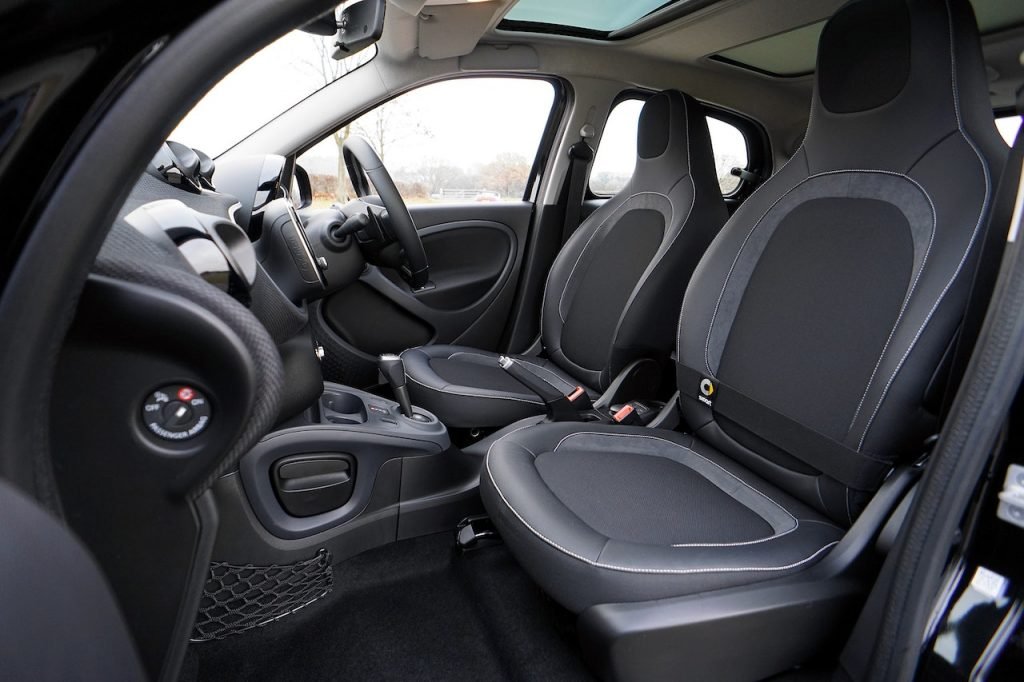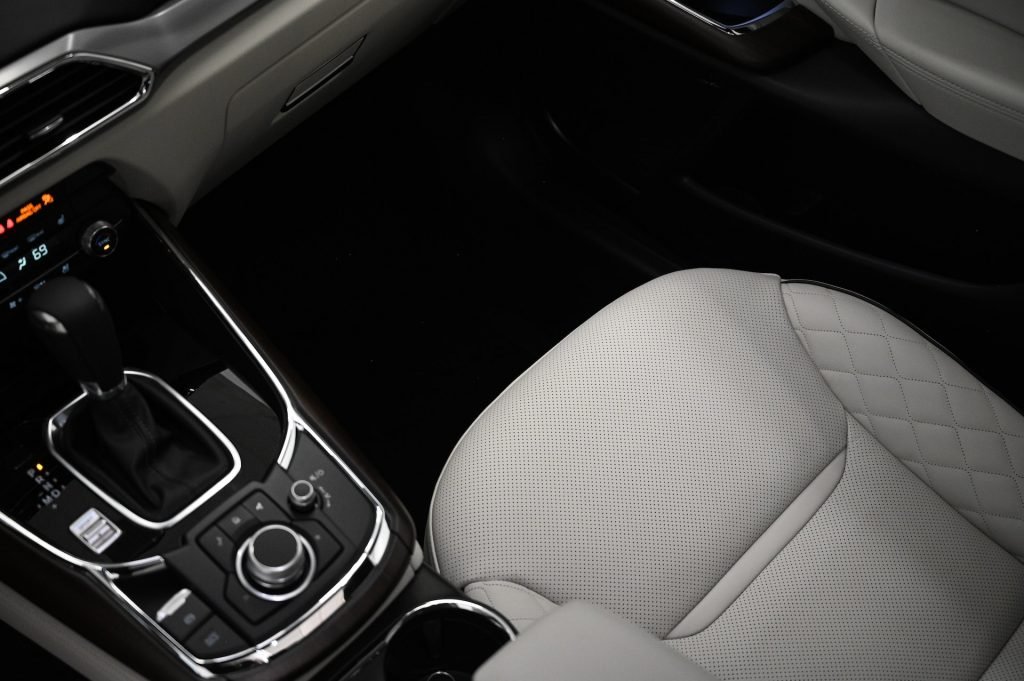Car door inserts are used to cover the interior components of a car. They are typically designed by auto manufacturers to match the car’s interior décor and design. If the car features leather, vinyl, or plastic on the dashboard, these materials are also used for the car door inserts.
If you’re looking for a high-quality, high-volume manufacturer of cut and sew products like car door inserts, you’ve come to the right place. Here at LCR Services, we will be sharing a blog post on how to choose the best material for car door inserts. If you’re interested in learning more, please continue reading below.
The car door inserts were previously made from cardboard, which was used to support the fabric, leather, or vinyl. However, nowadays, manufacturers use plastic, which can be combined with other materials such as leather, fabric, or vinyl. This choice of material is functional and enhances the overall design.
These materials not only provide protection but also blend well with other components, resulting in an improved aesthetic. Door inserts are typically attached to the door frame using glue and screws to ensure they stay in place.
On average, car door inserts can last at least 120,000 miles, although their lifespan can vary depending on the type and level of conditions they are exposed to. To ensure longevity, it’s important to use heavy-duty, high-quality materials for car door inserts, as they are susceptible to damage.
What is the Difference Between Light and Heavy-Duty Car Door Insert Materials?

Heavy-duty materials tend to have a longer lifespan compared to their counterparts, but they can also add more weight to your vehicle and impact its fuel economy. Therefore, you must decide which aspect is more important to you: durability or efficiency.
There is a rationale behind the preference for plastic over other materials. While it is neither lightweight nor heavy, it offers sufficient durability to last for thousands of miles before requiring replacement. Plastic works well in combination with fabrics, foam, leather, or vinyl. Additionally, you should take into account the level of care your vehicle demands.
What Materials Are Commonly Used for Door Inserts?

Leather is a durable option that can last a long time if properly maintained. Vinyl, on the other hand, may not have the same longevity and can show signs of wear and tear after a couple of years. Foam can also be utilized to increase the thickness of door inserts and enhance the car’s interior appearance.
Upholstery on door panels is less prone to wear since it rarely comes into contact with other objects that could accelerate deterioration. Furthermore, it is shielded from direct sunlight and UV rays.
Choosing the Exterior Finish for Car Door Inserts

When it comes to the exterior finish of car door inserts, you have various options to consider, including leather, fabric, vinyl, plastic, carbon fiber, and more. Leather offers a luxurious look, surpassing other materials in terms of appearance.
Fabric and plastic, while not as lavish, are easier to maintain. If a luxurious appearance is your preference, leather is the best choice. Keep in mind that each material has its own advantages and disadvantages, so choose the one that suits your needs and preferences.
Restoring Car Door Inserts: A Quick Guide

Car door inserts can be replaced either by a professional or as a DIY project. Here is a step-by-step guide for restoring a car door insert:
1. Select the Material: Use fabric, vinyl, or any other suitable material as a layer for the car door insert. Additionally, consider using foam to increase the thickness of the insert and an adhesive to secure everything in place.
2. Assess the Condition: If the car door inserts are worn out, you may need to replace the entire panel with materials like plastic, cardboard, or metal. Cardboard is commonly used due to its ease of cutting and hole-making to fit the door elements. Ensure you have sharp scissors and a saw for this process.
3. Remove the Panel: Carefully unclip the panel from the door, and if necessary, seek assistance if you are unsure about the process. Locate the spring clips that hold the panel to the door and unscrew the screws using a screwdriver.
4. Check the Panel’s Condition: After removing the panel, evaluate its condition. If it is in poor condition, immediate replacement is necessary. Trace the door panel on cardboard and cut it to the exact size for a complete replacement.
5. Prepare the Substrate: Cut the foam, vinyl, or fabric that will serve as a substrate. Apply adhesive to the foam and affix it to the door panel. Allow the adhesive to dry, then apply the fabric, vinyl, or leather.
6. Reattach the Panel: Once everything has been replaced, reattach the panel to the car door using screws, decorative plugs, and either the old spring clips or new ones.
Choosing Car Door Insert Materials
Car door panels typically feature an upholstered interior finish using materials such as carpet, fabric, leather, vinyl, or other decorative trim options.
When selecting materials for car door inserts, affordability and cost-effectiveness are important factors, as they should be easy to replace. The chosen materials should be flexible, allowing them to be molded into different shapes, textures, and sizes. Additionally, they should be lightweight to avoid affecting the fuel economy of the car and rust-resistant to prevent corrosion.
If you require high-volume cut and sew products like car door inserts, you can rely on LCR Services in Phoenix, Arizona.
As a minority-owned company, we have been serving our clients’ needs, including esteemed clients like the United States Military. For any questions or inquiries regarding our services and products, please contact us promptly.
Give us a call at 602-200-4277 or send an email to sennsour@lcrsvcs.com. Choose a reliable manufacturer like LCR Services for all your cut and sew product needs. Contact us today, we are eager to assist you!
